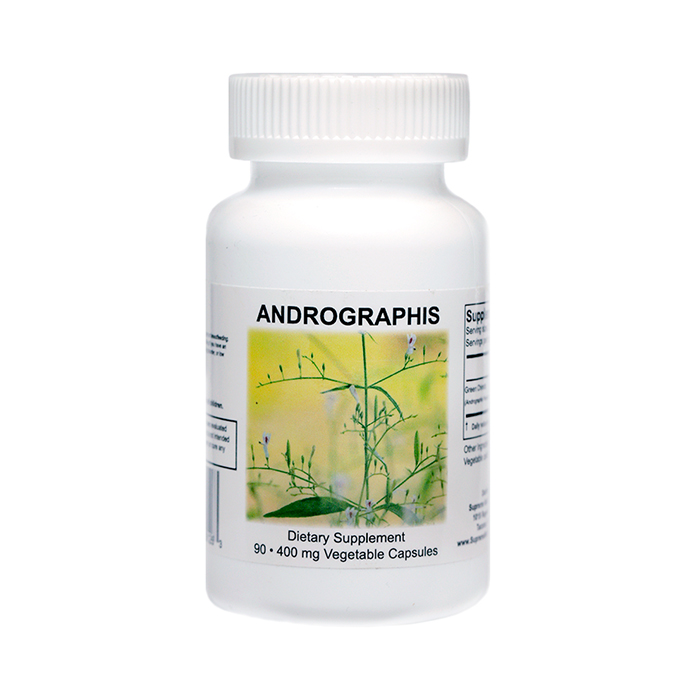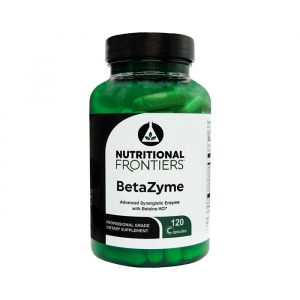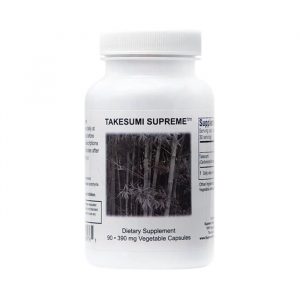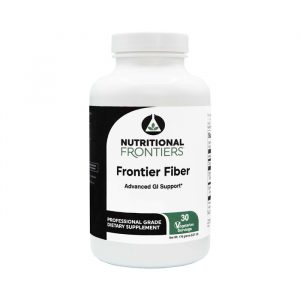Description
Andrographis Supreme: Natural Support for Immunity and Inflammation
Andrographis paniculata, or Andrographis, is an herb native to Asia, including India, Malaysia, Thailand, and China. Traditionally, it has been used to address colds, sore throats, flu, respiratory infections, and urinary tract infections. Its primary compound, andrographolide, is known for its therapeutic properties.
Key Benefits of Andrographis
Fights the Common Cold and Infections
Andrographis can reduce the severity and duration of cold symptoms, such as sore throat and cough. It also has antiviral properties against viruses like Epstein-Barr and antibacterial effects against pathogens like Salmonella, Shigella, E. coli, and Staphylococcus aureus. It has a long history in Indian and Chinese medicine for boosting the immune system.
Reduces Fever and Inflammation
This “cooling” herb helps lower fever and fight inflammation. Research shows that andrographolide, its main compound, can significantly reduce inflammation caused by histamine and adrenaline. This effect makes it helpful for conditions like ulcerative colitis and rheumatoid arthritis.
Powerful Antioxidant
Andrographis increases the activity of antioxidant enzymes like catalase and superoxide dismutase. Its ability to neutralize free radicals helps protect the body from oxidative stress, supporting overall cell health.
Potential Anti-Cancer and Anti-Diabetic Effects
Studies suggest Andrographis may have anticancer properties by inducing changes in cancer cells. Animal studies also indicate it may help manage metabolic syndrome and diabetes by improving glucose metabolism and liver function.
Supports Heart and Liver Health
Andrographis supports heart health and protects the liver. It acts similarly to silymarin (found in milk thistle) by guarding the liver against toxins, including alcohol and hepatitis B. Additionally, it shows promise in supporting kidney health.
Dosage and Usage
- Common Cold: 300 milligrams, taken four times daily during the first few days.
- Inflammation and Fever: Higher doses of 3-6 grams daily are recommended for fever and inflammation.
- Ulcerative Colitis: 1,200–1,800 milligrams of andrographis extract per day for eight weeks.
Precautions and Side Effects
Andrographis is generally safe when used appropriately. However, it is not recommended for children, pregnant or nursing women, or those with autoimmune conditions without medical advice. People with bleeding disorders or low blood pressure should consult a healthcare provider before using Andrographis. Avoid using it if taking blood-thinning medications like aspirin, ibuprofen, or warfarin.
Conclusion
Andrographis is a versatile herb with a long history in traditional medicine, now supported by scientific research. Its benefits, including immune support, anti-inflammatory, and antioxidant properties, make it a valuable addition to natural health routines. Available in various forms like tea, capsules, tinctures, and extracts, Andrographis offers a natural approach to managing immune and inflammatory conditions.






Reviews
There are no reviews yet.